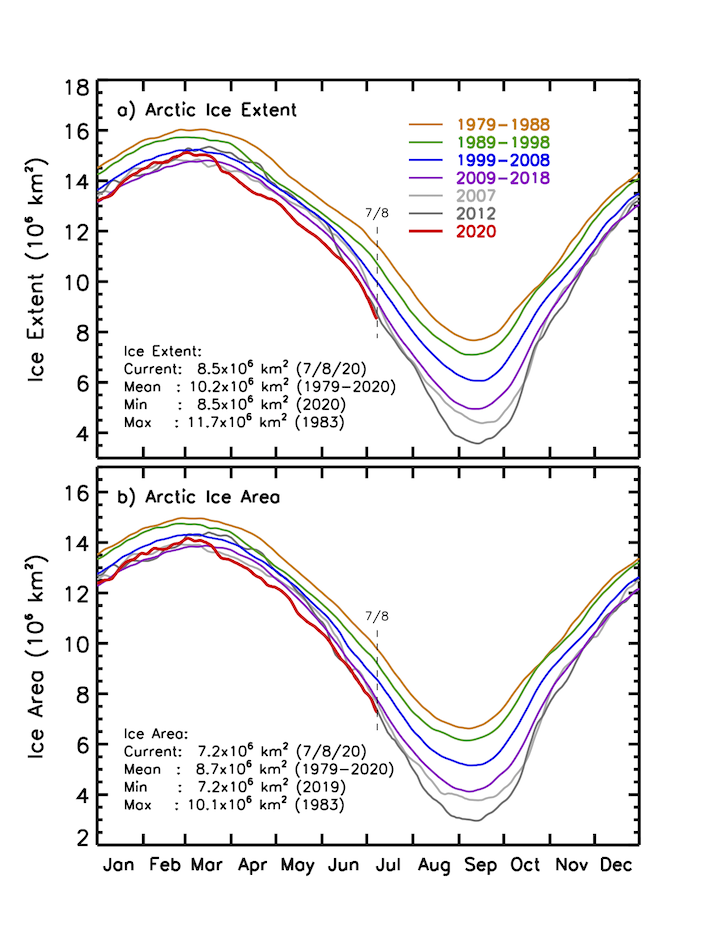And at the other end as well!
It’s 70 degrees warmer than normal in eastern Antarctica. Scientists are flabbergasted.
‘This event is completely unprecedented and upended our expectations about the Antarctic climate system,’ one expert said
That was 2022. This year it's only 50 degrees warmer than normal. However, the heatwave is notable for its extent and duration.
Ground temperatures in East Antarctica have soared more than 50 degrees (28 Celsius) above normal in the
second major heat wave to afflict the region in the past two years. This historic warm spell could persist for another 10 days
“The heat wave’s large footprint is also remarkable,” as it covers a large section of East Antarctica, which makes up most of the continent.
The heat wave comes in the middle of the Antarctic winter, so temperatures are still hovering around minus-4 (minus-20 Celsius). Still, the Antarctic temperature anomaly is the largest on the globe, according to weather models.
It’s too early to determine all of its causes, but scientists say it may be at least partially linked to processes occurring 20 miles (30 kilometers) above the surface in the stratosphere.
The stratosphere contains a strong band of cold air and low pressure spinning around each pole, known as the polar vortex. The vortex is typically strong and stable during winter in the southern hemisphere, said Amy Butler, an atmospheric scientist at the National Oceanic and Atmospheric Administration. But this year, she said, it’s been jostled by atmospheric waves, weakening the vortex and causing high-altitude temperatures to soar; this is known as a sudden stratospheric warming event.
Atmospheric pressures over East Antarctica
are also surging to “absolutely bonkers” levels,
tweeted Ben Noll, a meteorologist based in New Zealand.
Antarctic sea ice cover is the second-lowest on record for this time of year — just barely above the
record-breaking levels in 2023. Sea ice helps keep the polar regions cool by reflecting sunlight back to space. It also helps keep the air cool by acting as a barrier between the colder air and warm waters below, which have been exceptionally warm this year.





